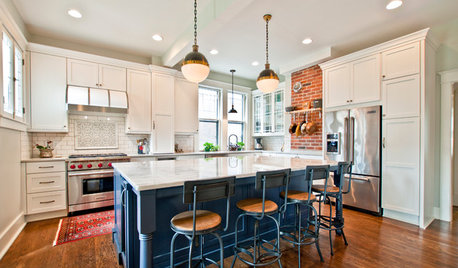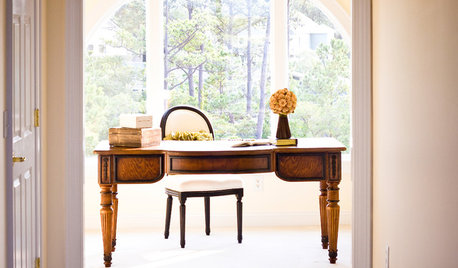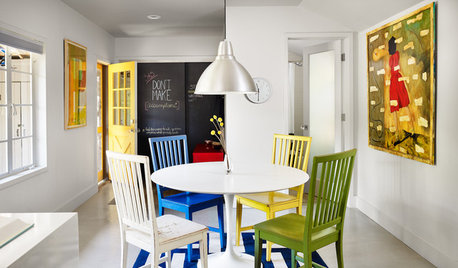Trying to fix air infiltration
freedomeagle
12 years ago
Related Stories

HEALTHY HOMEA Guide to Indoor Air Purifiers
Get the lowdown on air filtration systems for your house and the important ratings to look out for
Full Story
HEALTHY HOMEGet Cleaner Indoor Air Without Opening a Window
Mechanical ventilation can actually be better for your home than the natural kind. Find out the whys and hows here
Full Story
DECORATING GUIDES10 Ways to Hide That Air Conditioner
Feeling boxed in designing around your mini-split air conditioner? Try one of these clever disguises and distractions
Full Story
KITCHEN DESIGNKitchen Combo to Try: Neutral Cabinets, Different-Colored Island
Avoid a too-sterile look and establish a focal point with a contrasting island hue
Full Story
GARDENING GUIDES15 Ideas to Try in Your Garden This Year
These gardening stories were tops among Houzz readers. Which ideas might you try this year?
Full Story
HOUSEKEEPING10 Problems Your House May Be Trying to Show You
Ignore some of these signs and you may end up with major issues. We tell you which are normal and which are cause for concern
Full Story
UPHOLSTERYSeeking a Quiet, Relaxed Spot? Try Upholstering Your Walls
Upholstery can envelop an entire room, a framed panel or a single wall. See some design options and learn what to expect
Full Story
LIFEHouzz Call: Show Us Your Nutty Home Fixes
If you've masterminded a solution — silly or ingenious — to a home issue, we want to know
Full Story
HOUSEKEEPINGGot a Disastrously Messy Area? Try Triage
Get your priorities straight when it comes to housekeeping by applying an emergency response system
Full Story
DECORATING GUIDES28 Decorating Moves to Try This Month
Treat your interiors to a pick-me-up with these quick and cheerful decorating tricks
Full Story






brickeyee
energy_rater_la
Related Professionals
Downers Grove Solar Energy Systems · Lynwood Solar Energy Systems · Muscatine Solar Energy Systems · Tarpon Springs Solar Energy Systems · Waltham Solar Energy Systems · Castle Rock Home Automation & Home Media · Englewood Home Automation & Home Media · Gages Lake Home Automation & Home Media · Jamaica Plain Home Automation & Home Media · Reston Home Automation & Home Media · Richardson Home Automation & Home Media · Surprise Home Automation & Home Media · Tacoma Home Automation & Home Media · Winchester Home Automation & Home Media · Farmington FireplacesfreedomeagleOriginal Author
energy_rater_la
freedomeagleOriginal Author
energy_rater_la
SpringtimeHomes
freedomeagleOriginal Author
energy_rater_la
freedomeagleOriginal Author